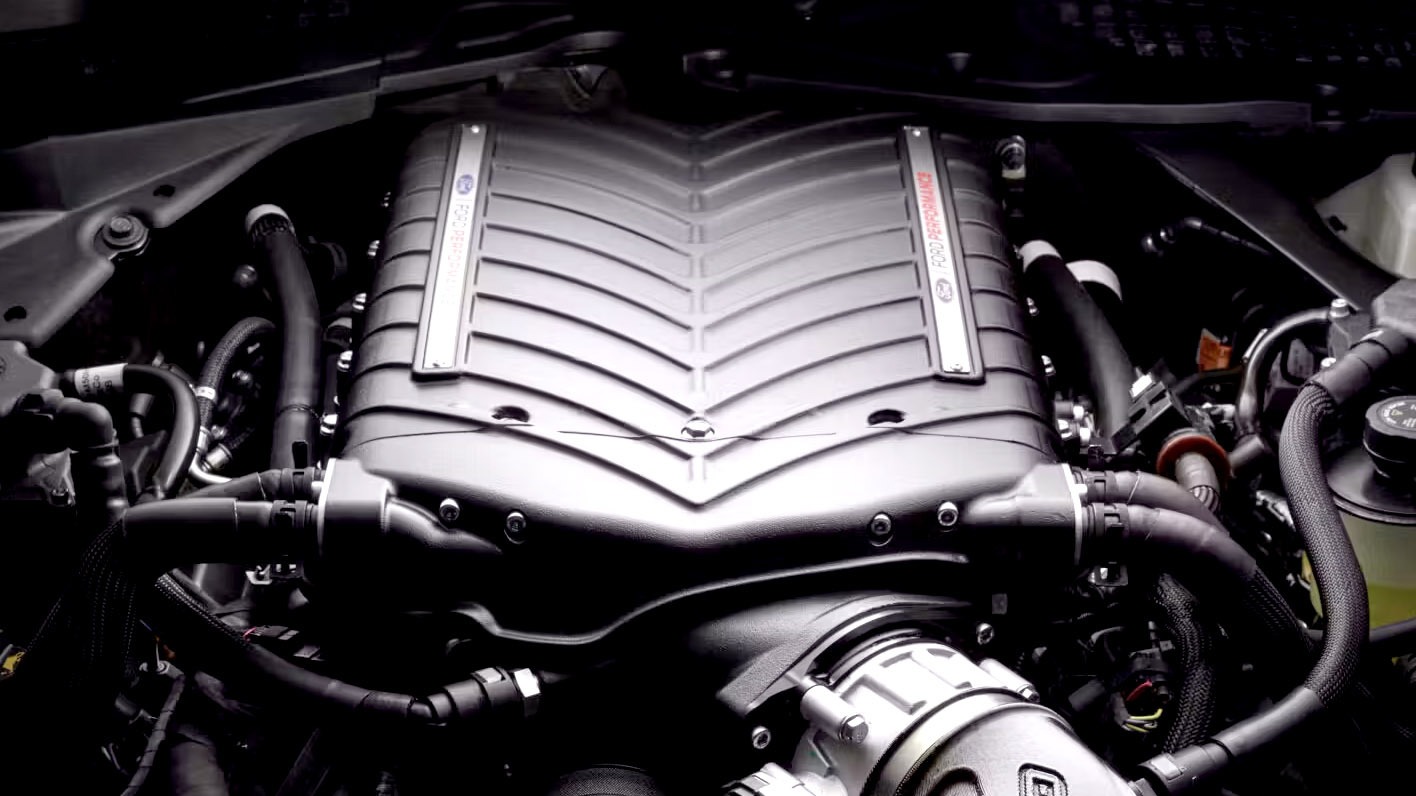Across decades of automotive engineering, the V8 engine has earned a respected place in performance cars, trucks, and even luxury vehicles. These engines are celebrated for their strong power delivery, distinctive sound, and ability to handle demanding workloads.
While some of them have proven to be dependable workhorses capable of lasting hundreds of thousands of miles with proper maintenance, others have gained an unwanted reputation for early breakdowns, mechanical faults, or expensive repairs.
Drivers, mechanics, and collectors have learned that not every V8 engine is built with the same level of durability. Some designs are so well-executed that they keep performing reliably long after the odometer has clocked high mileage.
Others seem to carry weaknesses from the drawing board, leading to oil leaks, overheating, or internal failures that can bring a vehicle to a standstill. These differences can determine whether an engine becomes a trusted companion on the road or a constant source of trouble.
Understanding which V8 engines have a reputation for lasting performance and which ones are known for poor durability can help buyers, restorers, and enthusiasts make better choices. While technology has advanced and modern engineering has addressed many issues, the history of V8 production has left us with clear examples of both ends of the reliability spectrum.
We will examine five V8 engines that have proven themselves through their resilience, minimal repair needs, and long service life. We will also examine five V8 engines that failed to meet expectations, often leaving owners with repair bills large enough to question whether the vehicle was worth keeping.
Each entry will explain the strengths or weaknesses that shaped its reputation, supported by real-world experience and patterns reported by those who owned or maintained them.
5 V8 Engines That Refuse to Quit
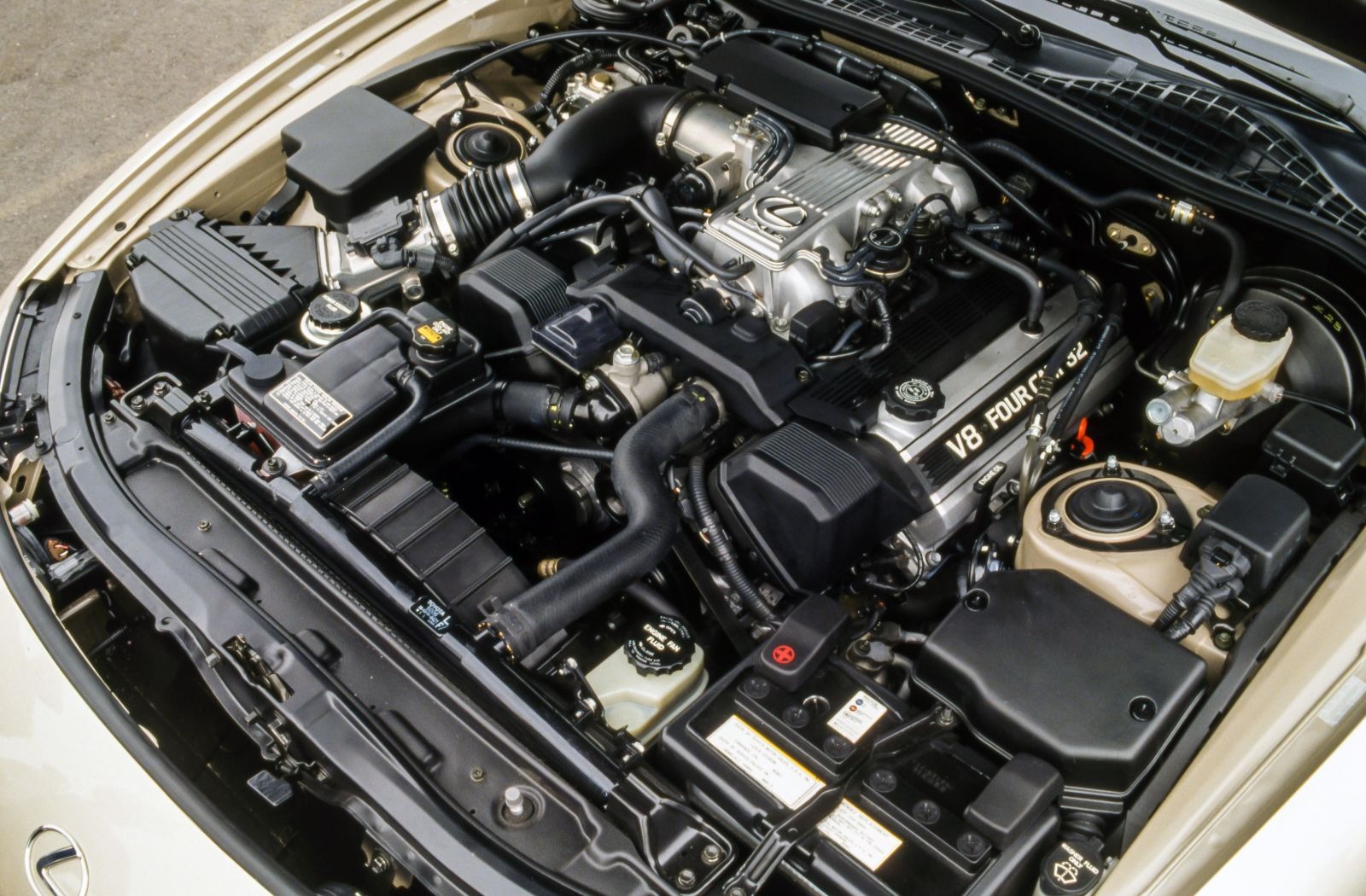
1. Toyota 1UZ-FE – The Long-Distance Performer
Among the V8 engines built to last, Toyota’s 1UZ-FE is often regarded as a masterclass in reliability. Introduced in the late 1980s and fitted in models like the Lexus LS400, this 4.0-litre V8 was engineered with precision and built to deliver refined performance without sacrificing durability.
One of the main reasons for its outstanding lifespan is the use of high-quality materials, including forged steel connecting rods, aluminium alloy cylinder heads, and a strong block structure. These choices helped it withstand years of heavy use without internal wear becoming a major problem. Owners have consistently reported that even after 300,000 miles, the 1UZ-FE can still run smoothly with only routine maintenance.
The design features a timing belt system that, when replaced at recommended intervals, prevents catastrophic engine damage. Its fuel injection system is straightforward and dependable, and its cooling system is well-balanced, reducing the risk of overheating. Many mechanics admire how rarely this engine develops oil leaks compared to others in its era.
While it was not designed to be a high-performance racing engine, its smooth power delivery and quiet operation made it ideal for luxury sedans and some sports coupes. For drivers seeking a dependable V8 that can handle years of daily use without losing efficiency, the 1UZ-FE has proven to be one of the most trustworthy options ever produced.
Its resilience has also made it a favourite for engine swaps into other vehicles, from off-road trucks to custom builds. This flexibility shows how a well-designed and durable engine can outlive the original vehicle it came with, continuing to serve in new applications long after its first assignment has ended.
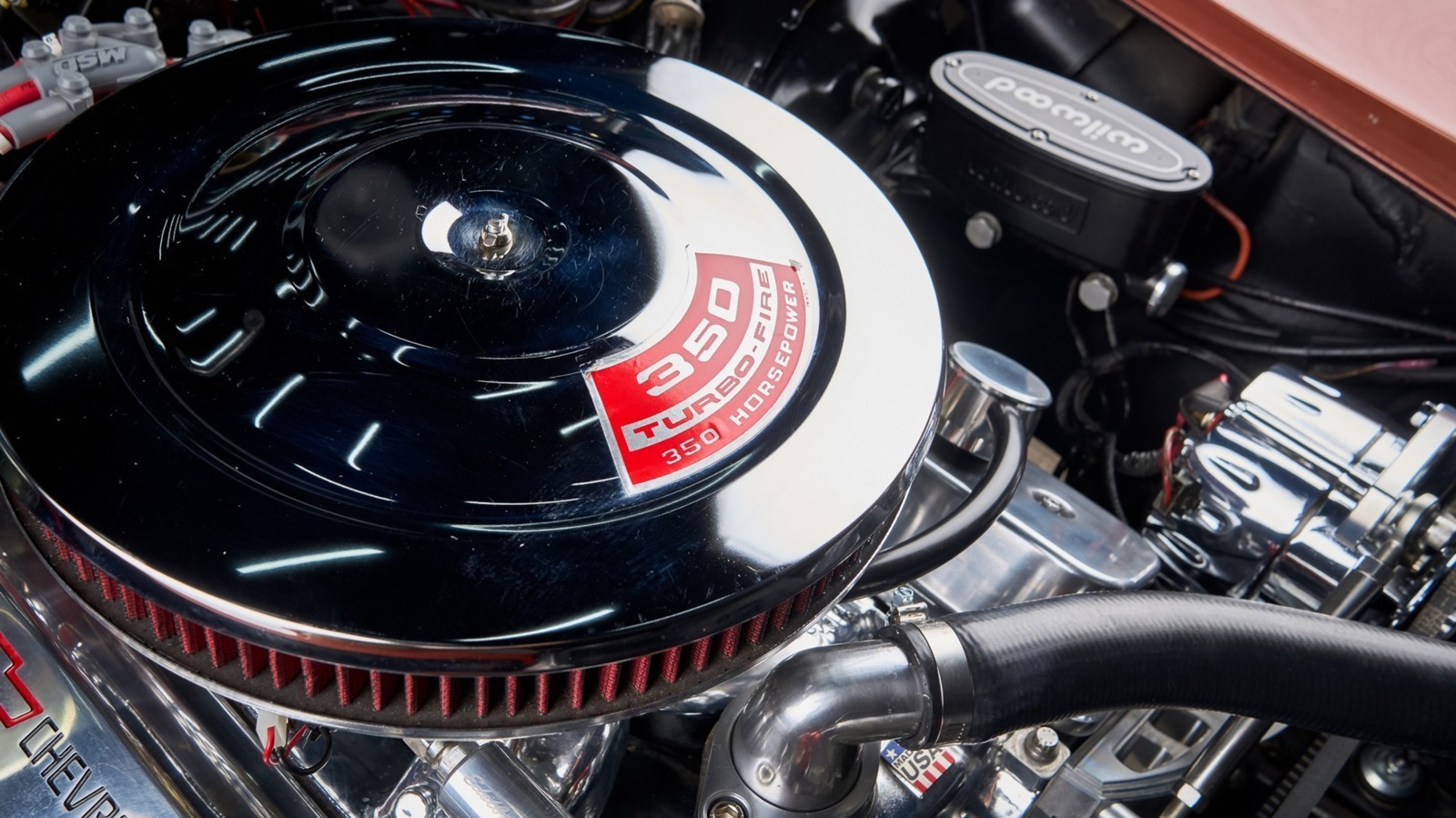
2. Chevrolet Small-Block 350
The Chevrolet 350 small-block V8 has earned a reputation for reliability and adaptability that few engines can match. Introduced in the late 1960s, it became a cornerstone of Chevrolet’s lineup, powering cars, trucks, vans, and even boats for decades.
One reason for its long life is its simple yet robust design. The cast-iron block and heads can handle a wide range of operating conditions, while its pushrod valvetrain reduces the number of moving parts that could fail. Maintenance is straightforward, and parts are readily available, making repairs both easy and affordable.
This engine’s popularity also stems from its ability to run smoothly even when heavily worn. Many 350s have been known to continue operating without major issues for over 200,000 miles, provided they receive regular oil changes and cooling system care. Its broad torque curve makes it suitable for both hauling heavy loads and providing enjoyable acceleration in lighter vehicles.
Another factor in the 350’s reputation is its incredible aftermarket support. For decades, enthusiasts have been able to find affordable replacement parts and performance upgrades, allowing them to rebuild or improve the engine rather than replace it entirely. This level of accessibility has helped keep countless vehicles on the road.
Whether used in a farm truck, a family sedan, or a classic muscle car, the Chevrolet 350 has proven that a well-built V8 with a straightforward design can deliver years of reliable service. Its staying power in the automotive community is a direct reflection of its dependable nature and ease of maintenance.
Also Read: 5 Small Engines That Survive Neglect vs 5 That Can’t Handle It
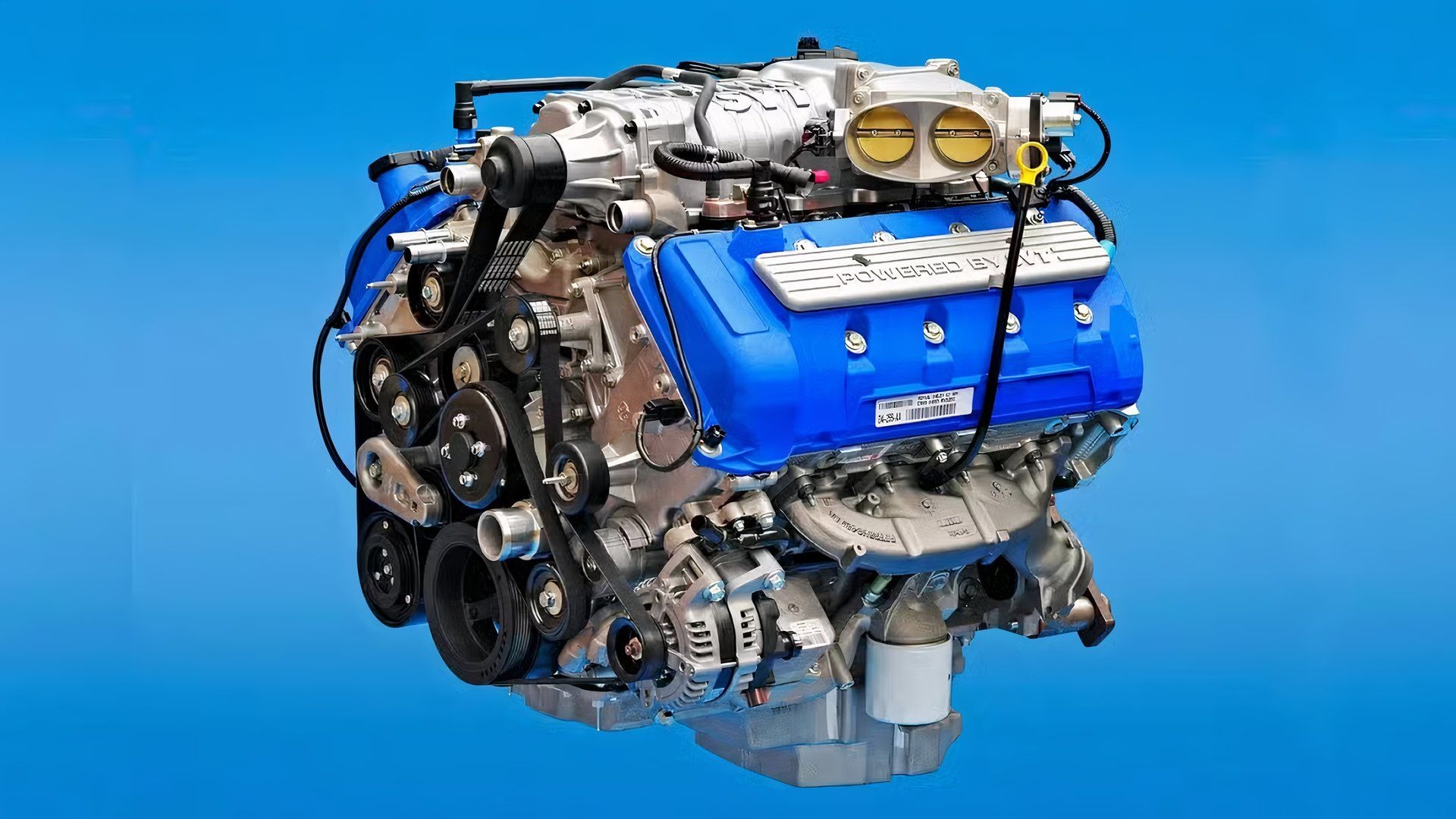
3. Ford Modular 4.6L V8
Ford’s Modular 4.6-litre V8, launched in the early 1990s, became a backbone for the brand’s passenger cars, trucks, and even police interceptors for many years. It appeared in vehicles such as the Ford Crown Victoria, Mustang GT, and F-150, earning a reputation for balanced performance and consistent dependability.
One of its strongest qualities lies in its engineering focus on longevity. The aluminium or cast-iron block options provided flexibility for different applications, and the overhead camshaft design allowed for efficient airflow while keeping valve train wear to a minimum. With proper care, it is not uncommon for these engines to surpass 250,000 miles without requiring major repairs.
The Modular 4.6 is also forgiving to maintain. Its components are widely available, and repair procedures are well-documented, making it easier for both professional mechanics and skilled home enthusiasts to work on. Its oiling system was designed to keep internal parts lubricated even under heavy load, which helped prevent premature wear in high-mileage vehicles like taxis and fleet cars.
While some owners felt it lacked the brute force of larger displacement V8s, the engine compensated with steady, predictable performance. Police departments valued it for its ability to withstand constant idling, aggressive driving, and sudden acceleration conditions that can quickly wear out lesser engines.
Another reason for its longevity is the absence of certain weaknesses found in rival V8s of its time. It resisted overheating when properly maintained and did not suffer from widespread head gasket failures or bottom-end issues. With routine servicing, it proved to be an engine that could serve faithfully for many years, whether in daily commuting, towing, or fleet work.
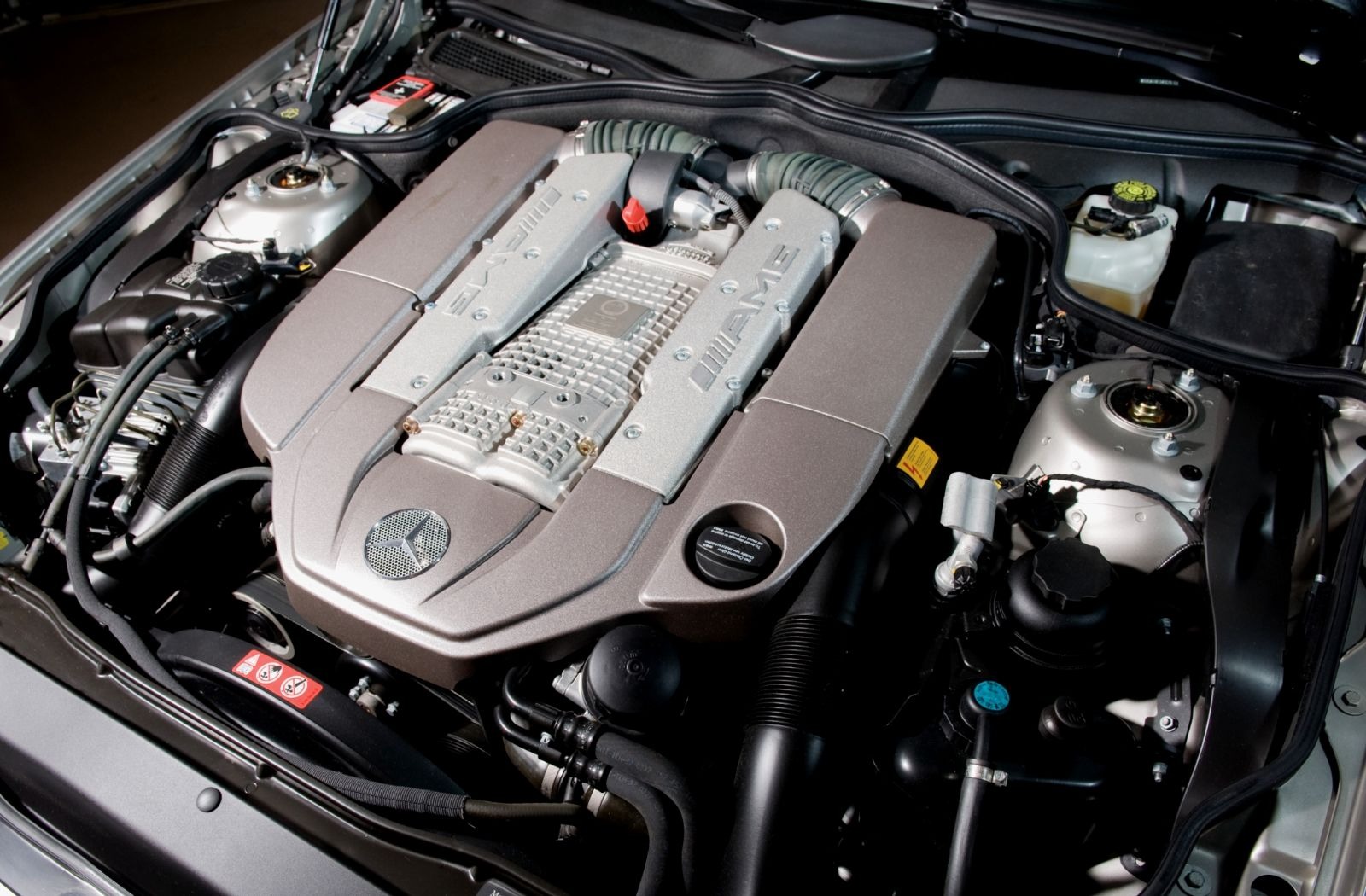
4. Mercedes-Benz M113
Mercedes-Benz’s M113 V8, produced between the late 1990s and mid-2000s, is often regarded as one of the brand’s most reliable modern engines. Found in models like the E430, S500, and ML500, this 4.3 to 5.5-litre engine balanced performance, refinement, and durability in a way that stood out in the luxury segment.
One fact of its lasting strength is the use of a single overhead camshaft design with two valves per cylinder. While more modern engines were moving toward complicated multi-valve arrangements, Mercedes engineers opted for a simpler layout that reduced the risk of timing and valve issues. This choice, combined with a well-designed lubrication system, helped the M113 achieve mileages well beyond 200,000 with only routine servicing.
The engine block is made of lightweight aluminium with cast-iron cylinder liners, providing both durability and heat resistance. The fuel injection system is reliable, and the timing chain is built to last the life of the engine in most cases, eliminating one major maintenance concern.
In everyday use, the M113 offers smooth acceleration and a refined driving experience without sacrificing toughness. Many owners have reported minimal oil consumption even after years of driving, and the engine’s internal components show little wear when maintained properly.
Its adaptability also allowed Mercedes to use it in both standard passenger cars and high-performance AMG models, where it handled increased output without becoming fragile. Whether in a comfortable luxury sedan or a sporty coupe, the M113 demonstrated the same ability to keep running strong for many years.
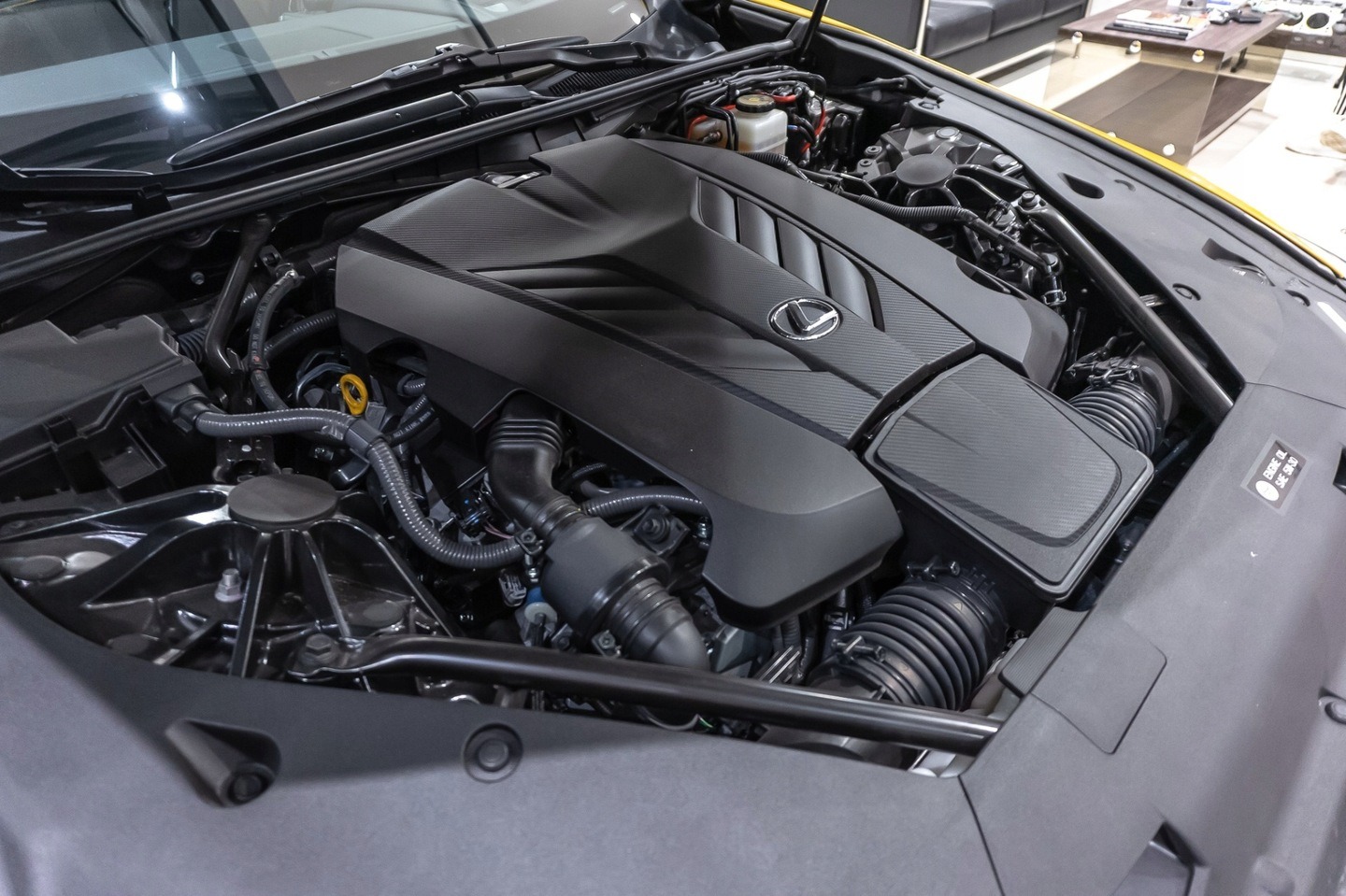
5. Lexus 2UR-GSE
The Lexus 2UR-GSE is a relatively recent V8 that has already built a strong reputation for reliability. Introduced in the mid-2000s and fitted to models like the Lexus IS F, GS F, and RC F, this 5.0-litre V8 combines high performance with engineering designed to withstand long-term use.
This engine features forged connecting rods, a sturdy crankshaft, and advanced cooling systems that keep operating temperatures in check even under heavy loads. The dual-injection fuel system, combining direct and port fuel injection, not only enhances performance but also helps prevent carbon build-up on intake valves, a problem that affects many modern engines.
The 2UR-GSE also benefits from a timing chain rather than a belt, removing the need for periodic replacements and reducing the risk of sudden timing-related failures. Its oiling system is efficient, and it uses high-quality seals and gaskets that resist leaks far better than many competitors.
Owners have consistently reported that with proper servicing, the 2UR-GSE can handle high mileage without losing power or smoothness. It is equally comfortable in city driving, long highway trips, or spirited track sessions, making it one of the few modern V8s that delivers both excitement and endurance.
Its blend of reliability and performance has made it a favourite among enthusiasts who want a car that can provide thrills without the fear of constant repairs. While it is still relatively young compared to older legends like the 1UZ-FE, its track record suggests it will be remembered as one of the toughest V8s of its generation.
5 V8 Engines That Self-Destruct
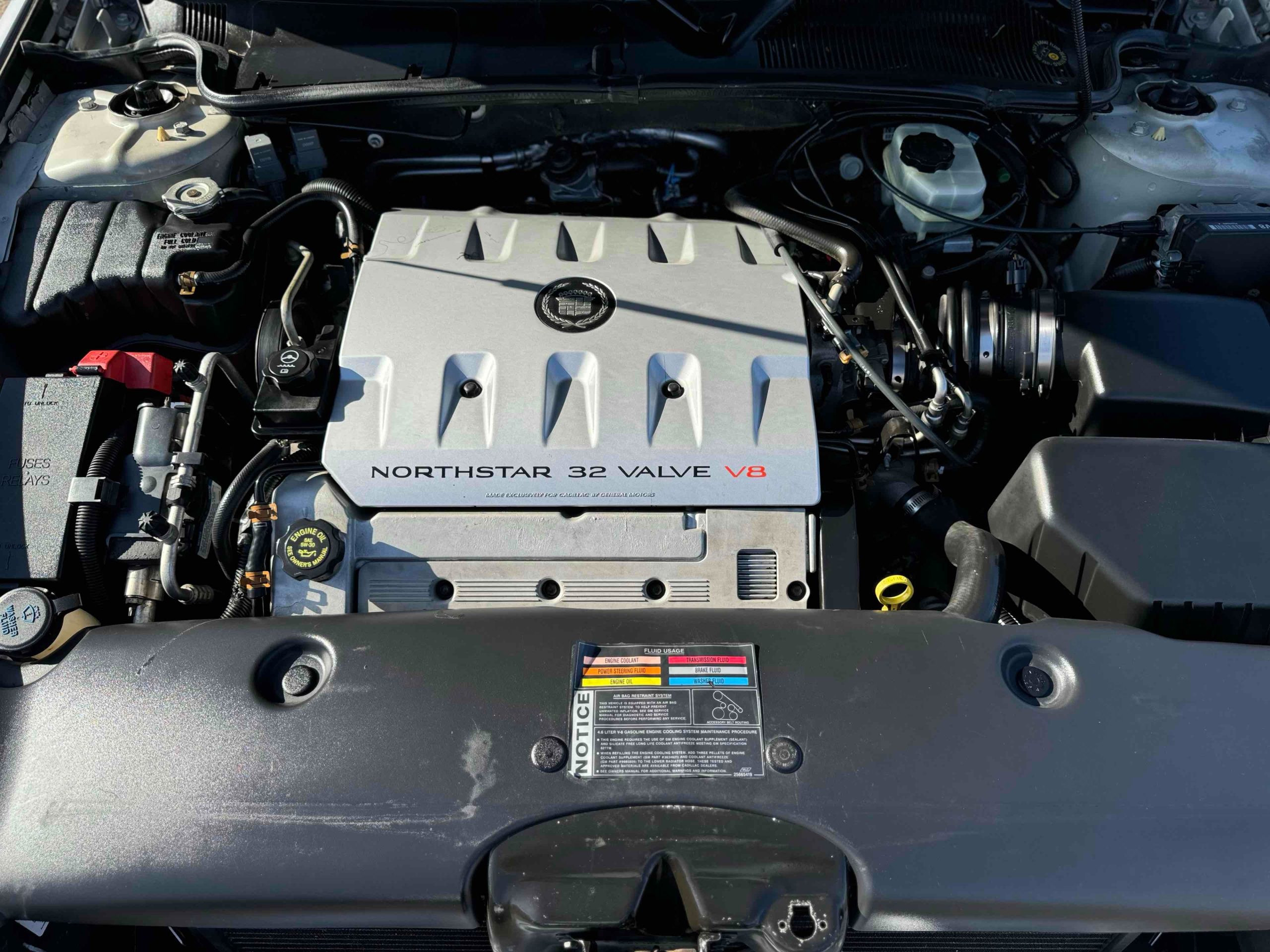
1. Cadillac Northstar V8
Cadillac introduced the Northstar V8 in the early 1990s as a showcase of advanced technology for its luxury sedans. Available in displacements ranging from 4.0 to 4.6 litres, it promised smooth power delivery and refined performance. Unfortunately, it became infamous for costly reliability problems.
The most widespread issue was chronic head gasket failure. The engine’s aluminium block and head combination, while lightweight, proved vulnerable when exposed to heat cycling over many years. Once the head gaskets failed, coolant could enter the combustion chambers, leading to overheating and severe internal damage.
Repairing a Northstar with blown head gaskets was often prohibitively expensive because it required removing the entire engine from the vehicle. Even after repairs, some owners reported repeat failures, which damaged the engine’s reputation for good.
The Northstar also tended to consume oil at an alarming rate. Cadillac initially claimed this was normal, but owners found themselves constantly topping up oil between changes. The issue often worsened with mileage, adding to maintenance costs.
While the engine did deliver strong acceleration and a refined driving feel when new, the long-term ownership experience for many drivers was disappointing. The combination of complicated design, expensive parts, and labour-intensive repairs made it a risky choice for those seeking durability.
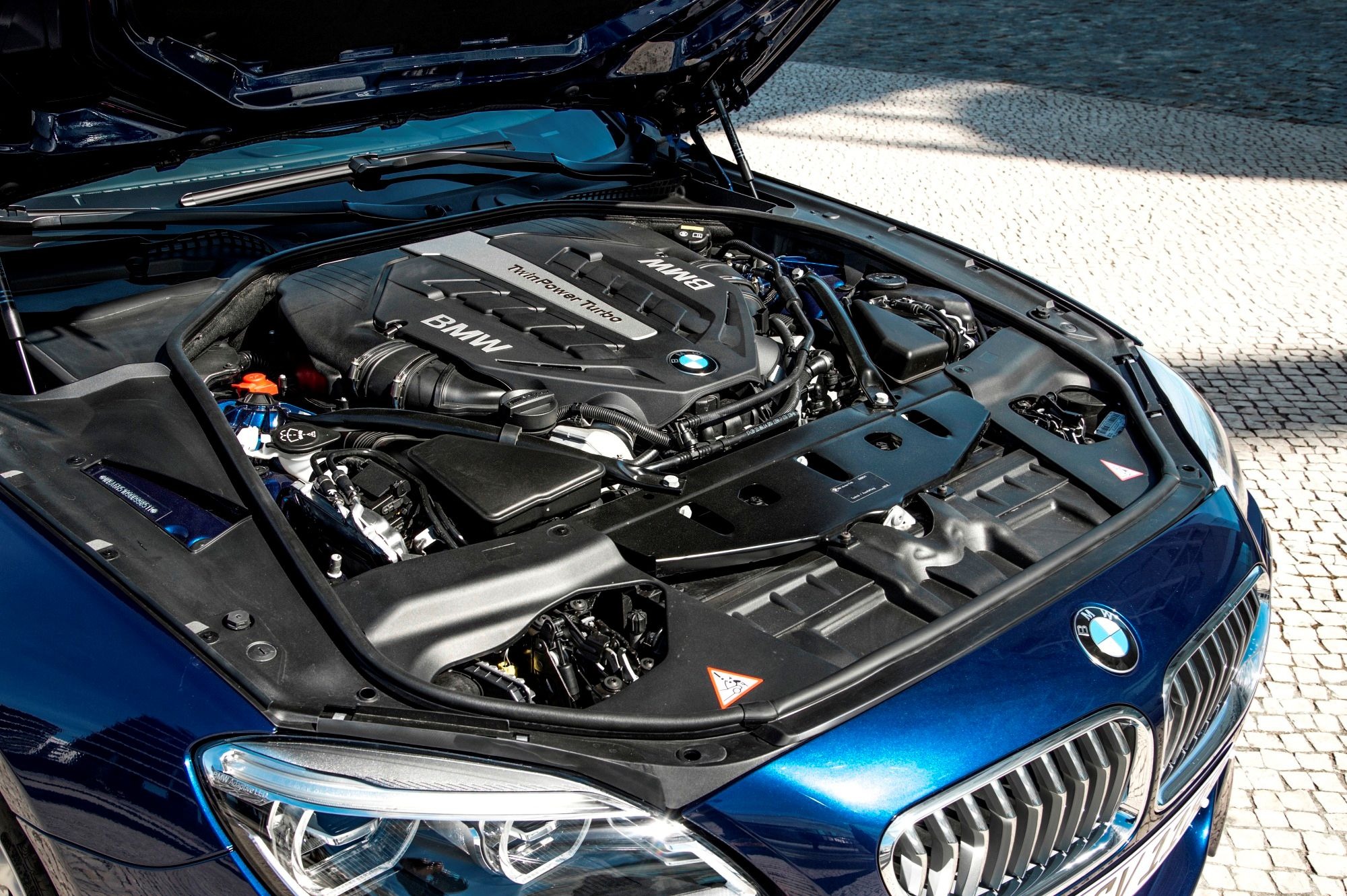
2. BMW N63
When BMW launched the N63 V8 in 2008, it was marketed as a technological showcase. This 4.4-litre twin-turbocharged engine promised smooth yet thrilling performance in luxury sedans and SUVs such as the BMW 750i, X5, and X6. Unfortunately, its early years were plagued by a series of reliability issues that frustrated many owners.
One major weakness was excessive oil consumption. Many N63 engines burned oil so quickly that BMW dealerships had to offer free oil top-ups between scheduled services. This problem often worsens with age, leading to fouled spark plugs, carbon deposits, and performance loss.
The engine also suffered from premature timing chain wear. This issue could cause rough running, loss of power, and, if ignored, catastrophic engine failure. Replacing the timing chains in an N63 was both labour-intensive and costly, making it a financially painful repair.
Another problem area was the cooling system. The N63 ran very hot, which contributed to turbocharger failures, brittle plastic cooling components, and degraded seals. Many owners experienced coolant leaks or overheating long before reaching high mileage.
In response to widespread complaints, BMW launched the “N63 Customer Care Package,” which included replacing many of the engine’s main components under warranty. While this program helped some owners, it also highlighted just how widespread the problems were.
The N63 delivers excellent performance when working properly, offering strong acceleration and smooth power delivery. However, the ownership experience for many has been one of frequent shop visits and high repair bills. For drivers seeking long-term reliability, it has proven to be one of the most high-maintenance V8s of its era.
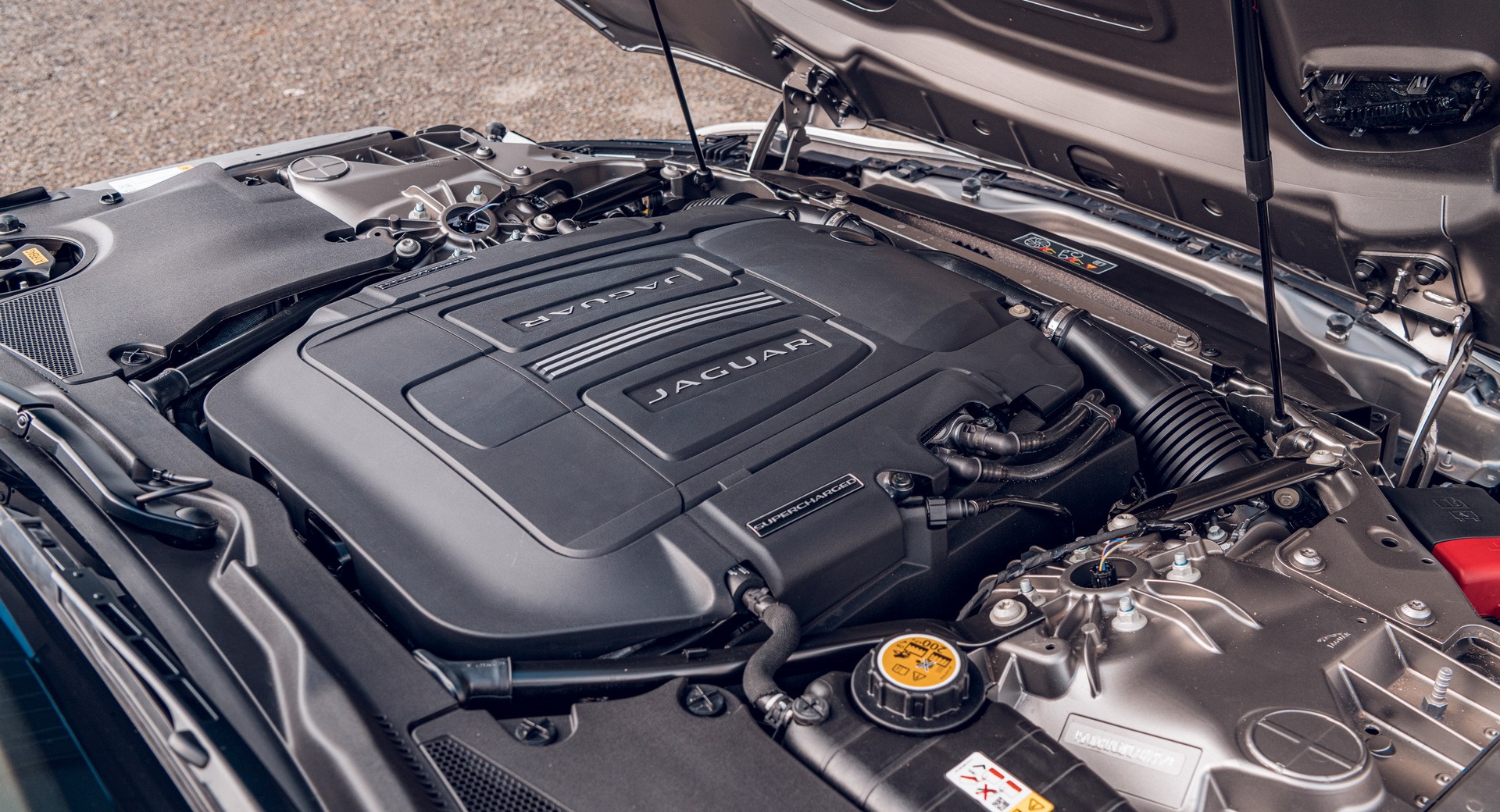
3. Jaguar AJ-V8 (Early Versions)
Jaguar’s AJ-V8, introduced in the late 1990s, was a big step forward in technology for the brand. Found in cars like the XJ8, XK8, and later the S-Type R, it provided refined power and a pleasing exhaust note. Sadly, early versions of this engine developed a reputation for costly and frustrating failures.
One of the most damaging problems was timing chain tensioner failure. The original plastic tensioners were prone to cracking and breaking, especially in the first-generation 4.0-litre versions. When a tensioner failed, the timing chains could slip, leading to severe valve and piston damage. Jaguar later updated the tensioners with metal components, but by then, many engines had already failed.
The AJ-V8 also suffered from Nikasil cylinder liner wear in certain markets. High-sulphur fuel caused the Nikasil coating inside the cylinders to deteriorate, resulting in loss of compression and reduced performance. In severe cases, the engine needed a full rebuild or replacement.
Oil leaks were another frequent complaint. Valve cover gaskets and front crank seals often failed, leaving oil stains on driveways and increasing maintenance costs. While not always catastrophic, these leaks added to the perception of fragility.
When maintained carefully and updated with improved parts, the AJ-V8 could perform well and deliver a luxurious driving experience. However, many owners found themselves dealing with costly repairs well before reaching high mileage. For those unlucky enough to own early, unmodified versions, the engine’s refined character was overshadowed by its mechanical weaknesses.
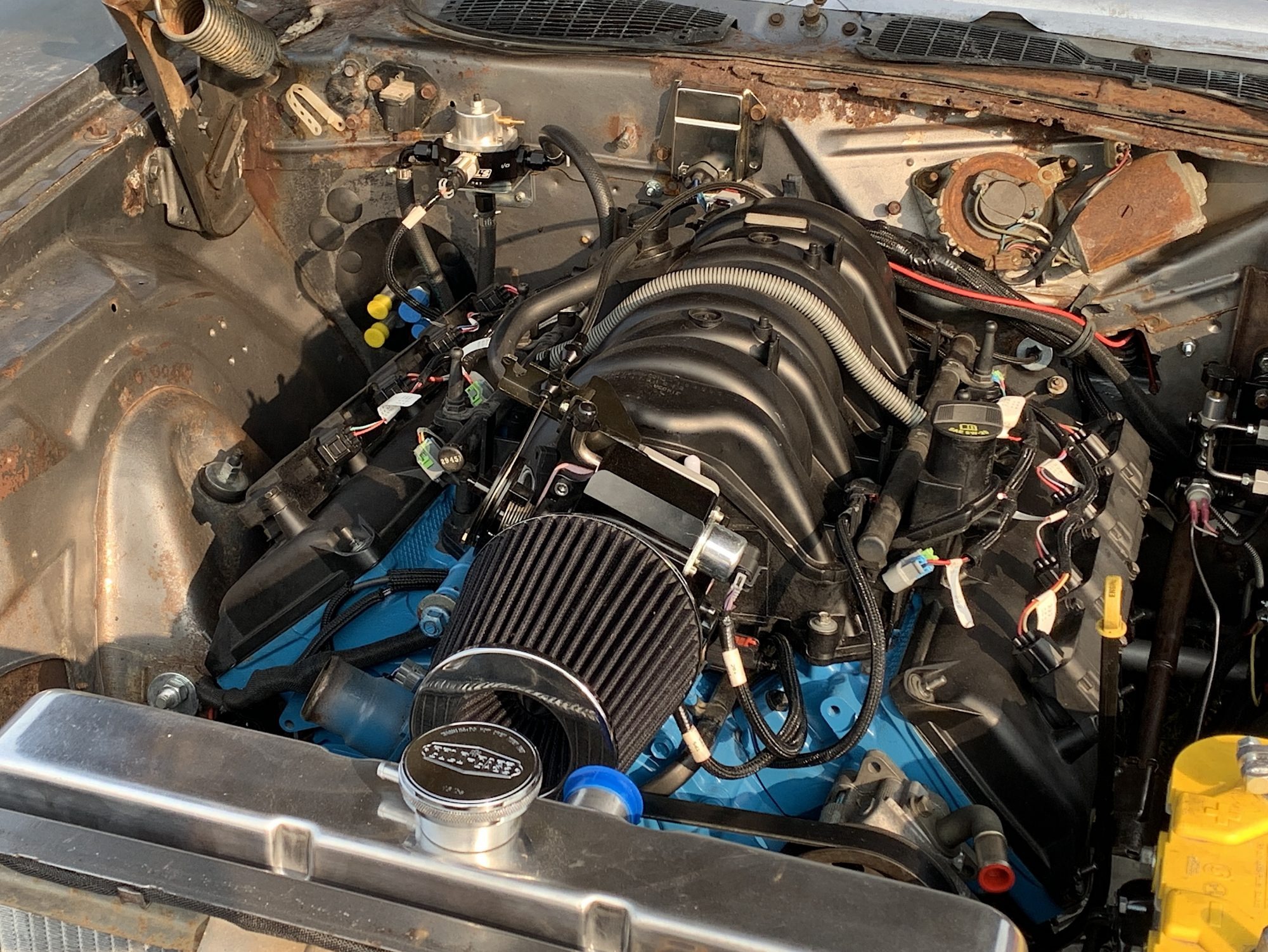
4. Chrysler 5.7L HEMI (Early MDS Versions)
Chrysler’s 5.7-litre HEMI V8, launched in the early 2000s, brought impressive power to cars like the Dodge Charger, Chrysler 300C, and Ram trucks. It offered strong acceleration and a distinctive exhaust sound, which made it popular among enthusiasts. However, early versions of this engine equipped with the Multi-Displacement System (MDS) developed reliability concerns.
The MDS was designed to improve fuel economy by shutting off four of the eight cylinders during light load conditions. While the idea was sound, the system caused uneven wear on certain lifters and camshafts. This wear could lead to a “ticking” noise, misfires, and eventually complete camshaft failure.
Another issue was valve seat dropping, where the valve seat in the cylinder head would loosen and fall into the combustion chamber. This could cause immediate and severe engine damage, often requiring a full rebuild.
Oil consumption problems were also reported, especially in engines that were not regularly maintained or used for heavy towing. As time goes on, carbon build-up could affect performance and trigger warning lights.
Chrysler addressed some of these problems in later versions, but early MDS-equipped HEMIs left many owners with expensive repair bills. While the engine’s raw power and character remain appealing, the early reliability issues mean buyers need to approach used examples with caution.
Also Read: 5 Diesel Engines with Pan-Drive Timing vs 5 with Belt-Drive Problems
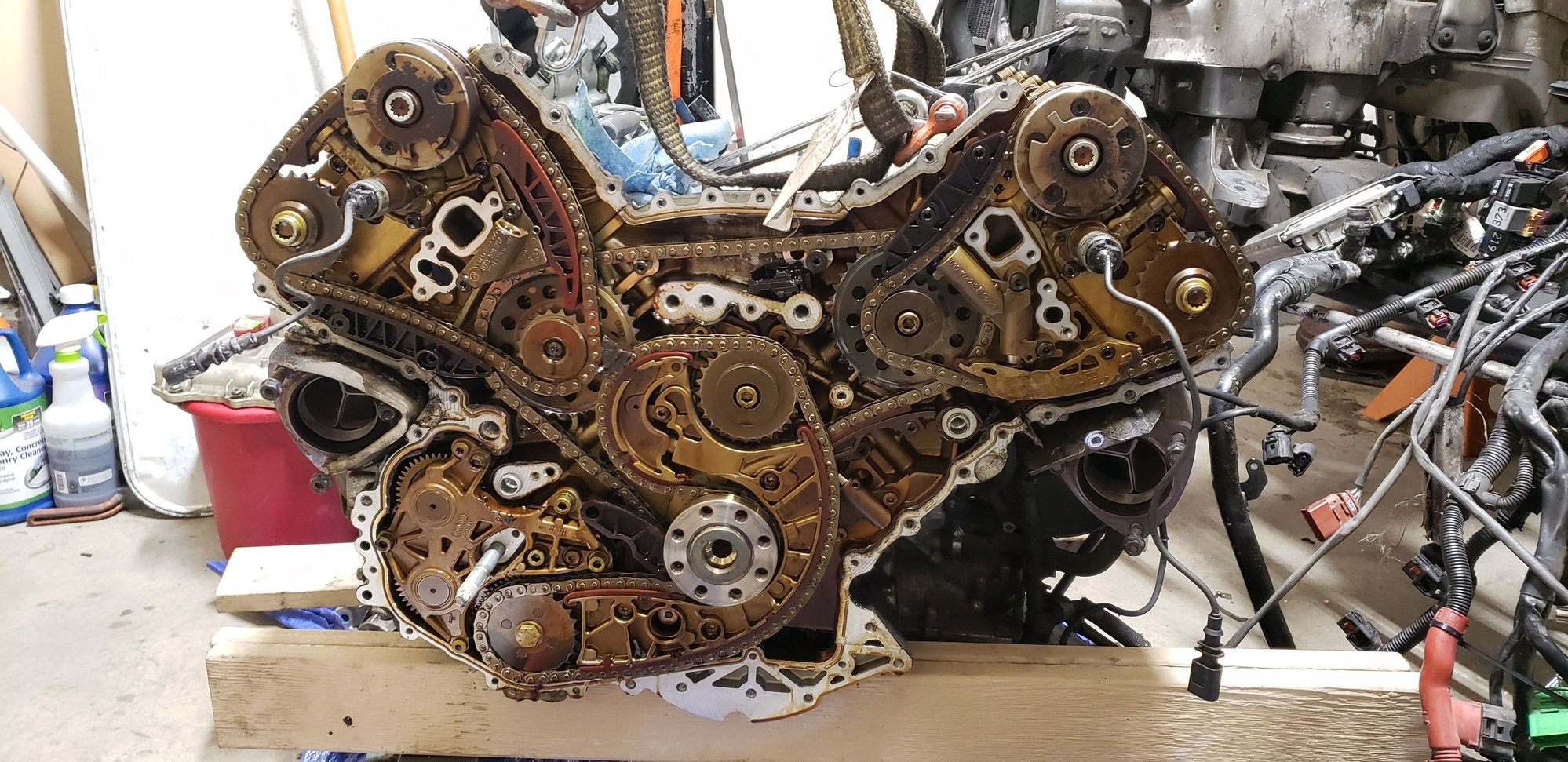
5. Audi 4.2L V8 (Timing Chain Version)
Audi’s 4.2-litre V8, used in models like the S4, A6, and Q7 during the mid-2000s, offered strong performance and a refined driving feel. Unfortunately, the version with a rear-mounted timing chain became infamous for its high maintenance demands.
The main problem is the location of the timing chain assembly at the back of the engine, against the firewall. This design means that replacing worn chains, guides, or tensioners requires removing the entire engine from the vehicle, making what would be a routine service in other engines an extremely expensive job.
Timing chain guide failure was a common issue, often occurring before 100,000 miles. Once the plastic guides wore out, the chains could rattle on startup and eventually slip, causing catastrophic engine damage.
Other recurring problems included carbon build-up on intake valves due to the direct fuel injection system, oil leaks from the valve covers, and coolant leaks from the valley pan gasket. These issues combined to create a high cost of ownership, even for those who performed preventative maintenance.
When running properly, the Audi 4.2 delivers smooth, powerful performance and a satisfying exhaust note. Unfortunately, the risk of major repairs has overshadowed its positive qualities for many owners. Without a generous maintenance budget, keeping this engine in top condition can be challenging.
From Toyota’s bulletproof 1UZ-FE to Cadillac’s high-maintenance Northstar, the V8 engine world contains both shining examples of durability and cautionary tales of poor longevity. Some, like the Chevrolet 350 and Mercedes M113, have earned trust through decades of dependable service. Others, like the BMW N63 and Audi 4.2 timing chain version, have taught owners the hard lesson that performance on paper does not always translate into trouble-free ownership.
For drivers, collectors, or buyers of used vehicles, understanding these reputations can make the difference between years of enjoyable driving and a string of costly repair bills. The best V8s combine smart engineering, durable materials, and ease of maintenance.
The worst ones often suffer from design flaws that even careful servicing cannot fully prevent. Choosing wisely can keep the rumble of a V8 under the hood for many miles without unnecessary stress on the wallet.
When selecting a V8-powered vehicle, it is wise to look beyond horsepower figures and styling. Longevity, ease of repair, and the availability of replacement parts should carry as much weight as performance numbers.
Engines that are built with a balance between power and durability tend to give the most rewarding ownership experience. A well-chosen V8 can become the heart of a vehicle for decades, powering daily commutes, long road trips, and even cherished weekend drives.
With the right maintenance and an understanding of its strengths and weaknesses, it is possible to enjoy both the sound and feel of a V8 without falling into the trap of constant repairs. For many enthusiasts, that combination of reliability and character is what makes a great V8 truly unforgettable.

